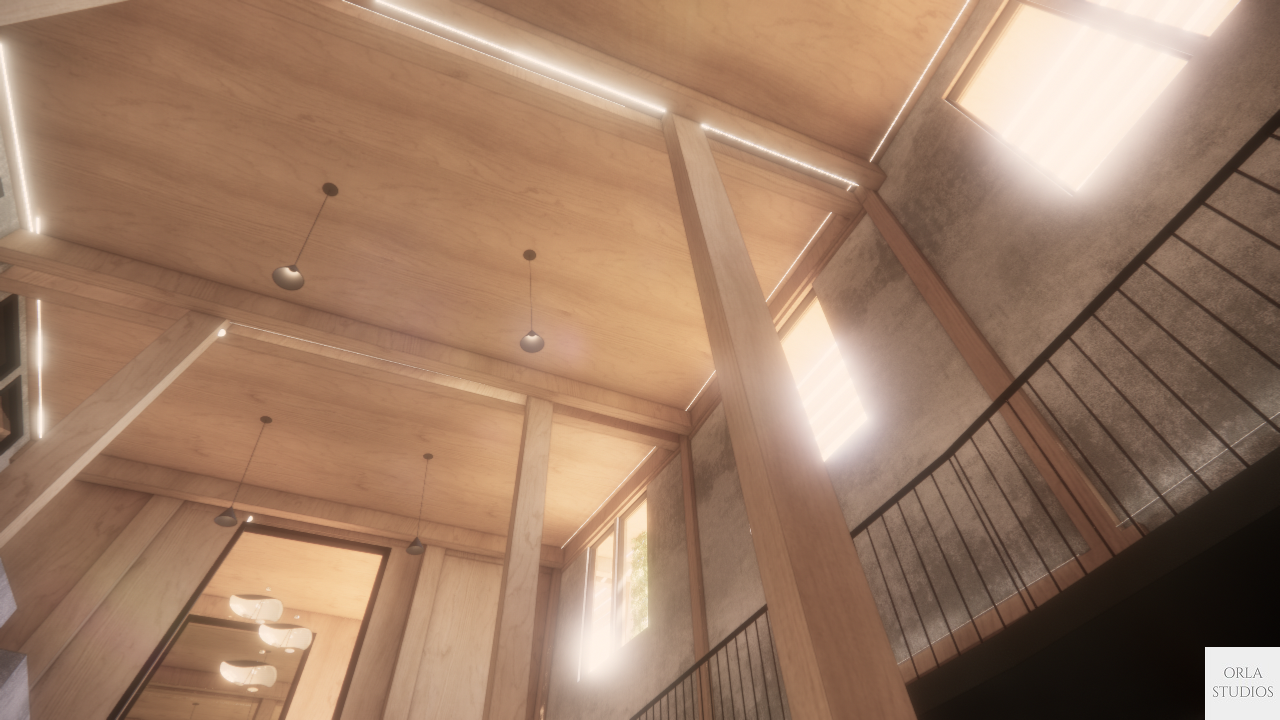

Behind every exquisite bottle of wine lies a meticulous process that begins with the careful cultivation of grapes and ends with the artful craftsmanship of winemakers. While winemaking skills, terroir, and grape quality are undoubtedly crucial, the role of winery buildings in the winemaking process cannot be underestimated. Winemakers have specific needs and expectations when it comes to the design and functionality of their winery buildings. We will delve into the key aspects that winemakers desire from their winery structures.
Efficient Workflow
Efficiency is the cornerstone of a successful winery. Winemakers require a building layout that optimizes workflow, streamlines processes, and minimizes unnecessary movements. The design should facilitate the logical progression of grape processing, fermentation, barrel aging, bottling, and storage. This involves careful consideration of the location and positioning of equipment, tanks, and barrels, as well as the flow of personnel throughout the building. A well-designed winery minimizes the risk of contamination, reduces labor and time requirements, and ultimately enhances productivity.
Temperature and Humidity Control
Maintaining the ideal temperature and humidity conditions is vital for the winemaking process. Winemakers look for winery buildings that offer effective insulation, temperature control systems, and humidity management. By providing a stable and controlled environment, the building protects wines from temperature fluctuations and external influences that could impact their quality and aging potential. This ensures consistency in the winemaking process and helps preserve the delicate flavors and aromas that define a wine’s character.
Adequate Space and Flexibility
Wineries need sufficient space to accommodate all the stages of winemaking, from harvest to storage. The building should offer ample room for equipment, fermentation tanks, barrel storage, bottling lines, laboratories, offices, and a tasting room. Additionally, winemakers appreciate flexible spaces that can adapt to their evolving needs. Modular designs or adaptable layouts allow wineries to expand or reconfigure spaces as production volumes or processes change over time. Flexibility also caters to the growing trend of wineries hosting events, tours, and tastings, where multifunctional spaces can be utilized.
Natural Light and Ventilation
Natural light and ventilation play an essential role in creating a healthy and pleasant working environment within wineries. Winemakers seek buildings that incorporate ample windows, skylights, and other openings to maximize natural light exposure. This not only reduces the reliance on artificial lighting but also creates a welcoming ambiance. Proper ventilation systems are equally important, as they help dissipate odors, regulate temperature, and prevent the accumulation of unwanted gases, ensuring a clean and fresh air supply throughout the winery.
Sustainable Design and Energy Efficiency
Winemakers are increasingly conscious of the environmental impact of their operations. They aim to minimize their carbon footprint by opting for sustainable winery buildings that employ eco-friendly design principles. This includes utilizing energy-efficient materials, incorporating renewable energy sources such as solar panels, and implementing water-saving techniques. Wineries can also integrate rainwater harvesting systems and employ natural cooling methods like geothermal technologies to reduce energy consumption. Sustainable winery buildings not only align with winemakers’ values but also contribute to long-term cost savings.
Winery buildings are much more than mere structures; they are the foundations upon which exceptional wines are created. By understanding the desires of winemakers, architects and designers can create winery buildings that align with the intricacies and demands of the winemaking process. From efficient workflow and optimal temperature control to flexible spaces and sustainable design, winemakers seek buildings that enhance their craft and embody their commitment to producing high-quality wines